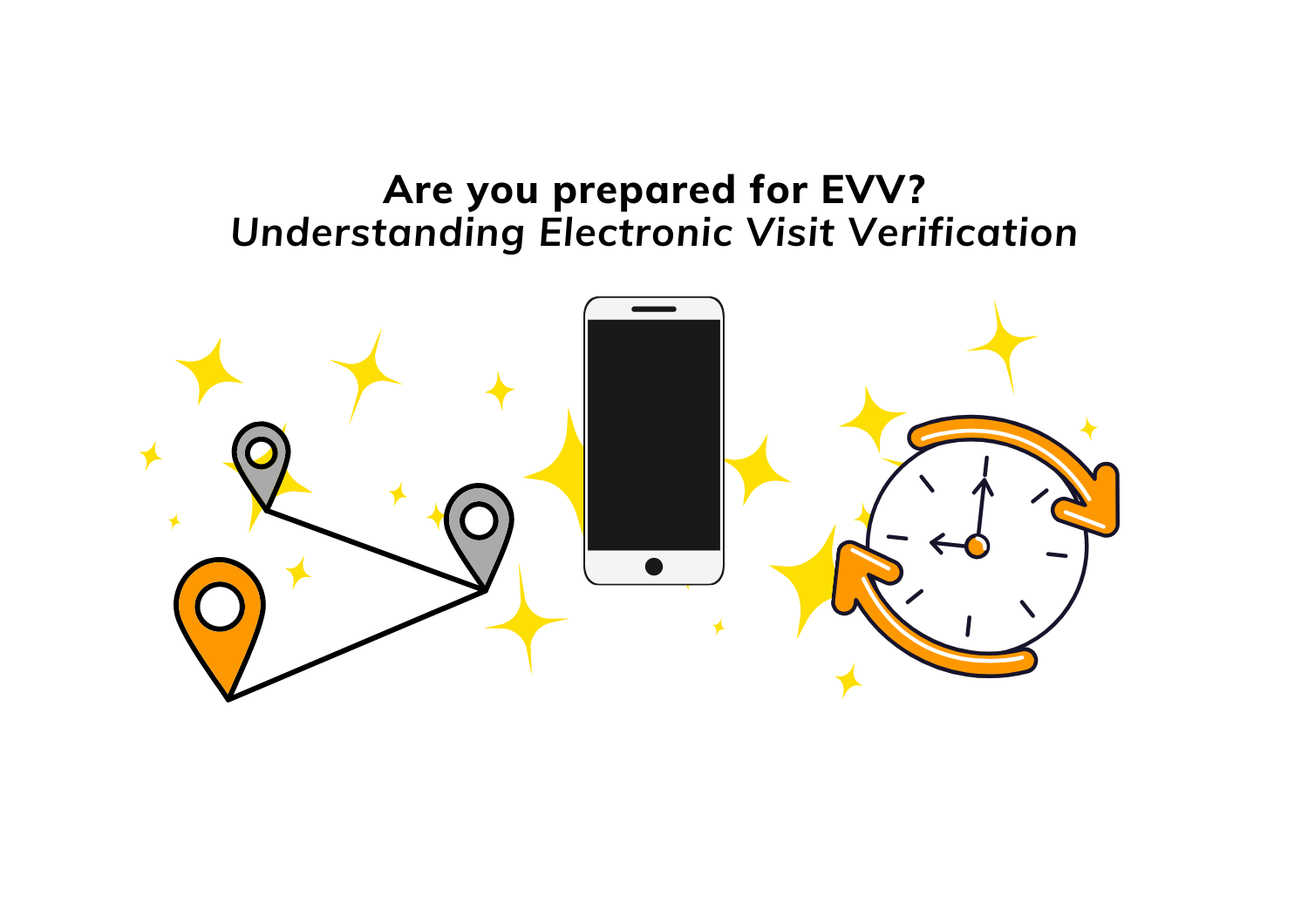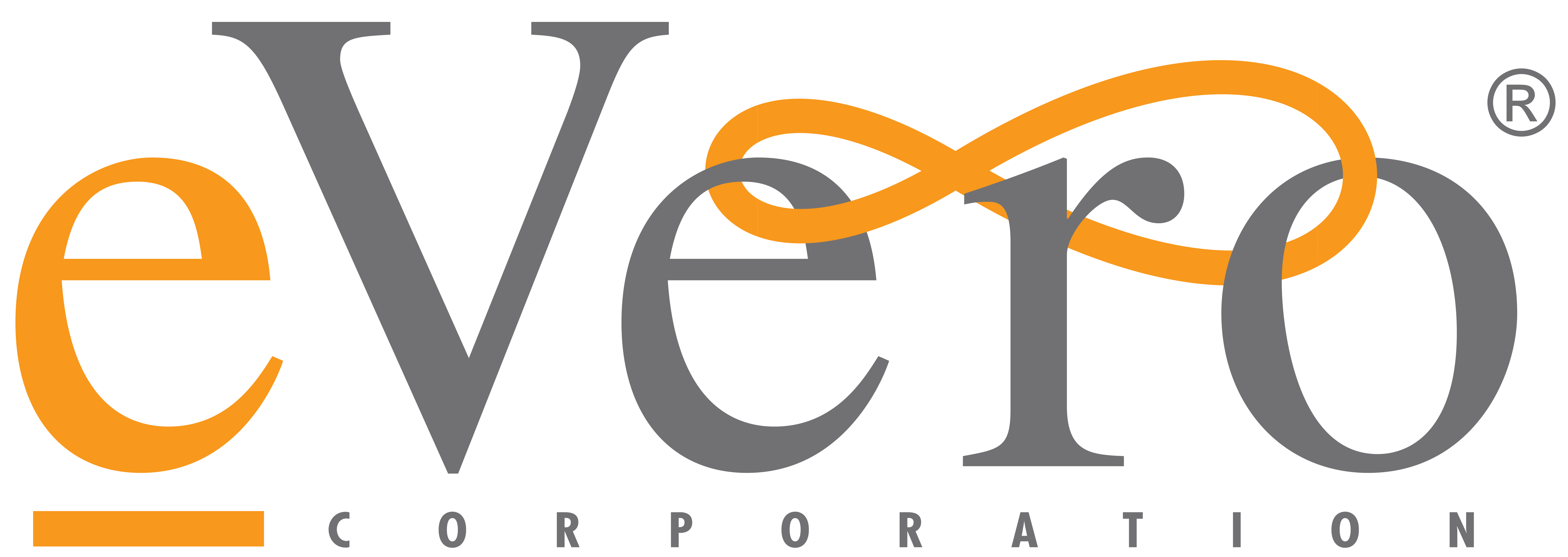
Understanding Electronic Visit Verification (EVV):
Is my FI agency prepared for EVV and the 21st Century Cures Act?
We’re here to explain the fundamentals of the 21st Century Cures Act, Electronic Visit Verification (EVV), and its effect on your organization.
If you have any questions, we encourage you to reach out to us at any time.
What is the 21st Century Cures Act?
Passed by Congress in December 2019, the 21st Century Cures Act states that all personal care services (PCS) and home health care services (HHCS) that are paid for by Medicaid be required to implement Electronic Visit Verification (EVV) in order to maintain Federal Medical Assistance Payments (FMAP) without penalty.
New York’s self-direction program (NY Consumer Directed Personal Assistance Program, CDPA) is included in this mandate.
Does the Cures Act apply to me? Do I need to be prepared for EVV at my agency?
Are you involved in New York’s Self-Direction Program? Does your FI agency handle Medicaid personal care services (PCS) or home health care services (HHCS)? If so, you are required to implement an Electronic Visit Verification system.
In accordance with the Cures Act, each state will have its own deadline(s) regarding exactly when this implementation must be completed, depending on the status of good faith effort (GFE) extension requests. You can learn more about the GFE extension requests by state by visiting the Medicaid website.
What are the requirements of EVV to comply with the 21st Century Cures Act?
In order to comply with the EVV requirements of the Cures Act, EVV systems must verify 6 key pieces of information:
- The type of service provided
- The date of the service provided
- The location of the service delivery
- Information about the individual providing the service
- Information about the individual receiving the service
- The time details relating to the service — start time, end time, etc.
There are also a handful of additional requirements:
- EVV systems must be “minimally burdensome” to providers and consumers.
- Further, it must not restrict in any way the manner in which services or care are delivered.
- EVV systems must not erode the intent of the program.
- EVV vendors and technology companies must design systems that not only comply with the Cures Act, but which are user-friendly, accessible, and consumer-empowering.
- EVV systems must be designed with flexibility in mind.
- They should be designed with a level of flexibility that will permit consumers to continue to use services in multiple different settings, such as home, work, and the community.
- EVV systems should not “bypass” the care recipient in any way.
- A critical component of consumer-directed care is that the consumer should always be actively involved in the timesheet data collection and distribution processes.
- Even if the system is technologically superior or administratively easier, it should be avoided it if it appears to bypass consumer involvement.
What is important for the successful implementation of EVV?
 For the sake of the person receiving care services, the successful implementation of EVV requires a handful of things to be kept in mind.
For the sake of the person receiving care services, the successful implementation of EVV requires a handful of things to be kept in mind.
The first concern is the accessibility of the system in meeting the needs of all disability groups. Any person, regardless of ability, should be able to effectively utilize the Electronic Visit Verification system.
Next, the EVV system must be usable regardless of location. A person residing in any area – rural or urban – should experience the same success with the system.
And lastly, the EVV system must maintain aspects of the program that make it unique. In this case, this primarily refers to the Consumer’s level of control in scheduling and supervising their own staff, as well as the Consumer’s level of control in verifying all of the hours worked.
As you can tell, the success of EVV implementation and adoption depends largely on the willingness of EVV vendors, technology companies, and fiscal intermediaries to work together with the end users of an EVV system, the consumers, and their personal assistants/self-hired staff.
There must always be a commitment to developing EVV systems that maximize consumer flexibility and choice.
Are there different types of EVV systems?
Yes, there are a few different types of Electronic Visit Verification systems. They include:
- Web-based EVV systems – which is the most universally-preferred interface for an EVV system
- Telephone-based EVV systems (also known as Telephony Visit Verification, or TVV)
- Mobile App based EVV systems
- Global Positioning System (GPS) based EVV systems
- Biometric based EVV systems (or security measures on other EVV systems)
While some are more common and preferred over others, it’s important to implement multiple types of EVV whenever possible for the sake of accessibility on behalf of the consumer.
What are eVero’s EVV capabilities? Does eVero offer more than one type of EVV methodology?
Our platforms contain Electronic Visit Verification systems built right into them!
EMPOWER™ for NY Self-Direction and digitalAGENCY™ EHR both include web-based EVV, Mobile App-based EVV, and GPS-based EVV where applicable.
As of 2020, we’ve also enhanced our EVV capabilities to include Telephony Visit Verification, as well as FOB/Point-of-Access EVV for homes that do not have an internet connection or telephone line. We hope to address the accessibility needs of all individuals with our EVV systems, and are always rolling out new features and enhancements based on user input and suggestions.
If you’re ready to talk more about the Cures Act and how EVV will affect your agency, we invite you to learn more about eVero’s Electronic Visit Verification capabilities.
We’re also available to answer your questions at any time.
Written by Jessica Zarrillo





